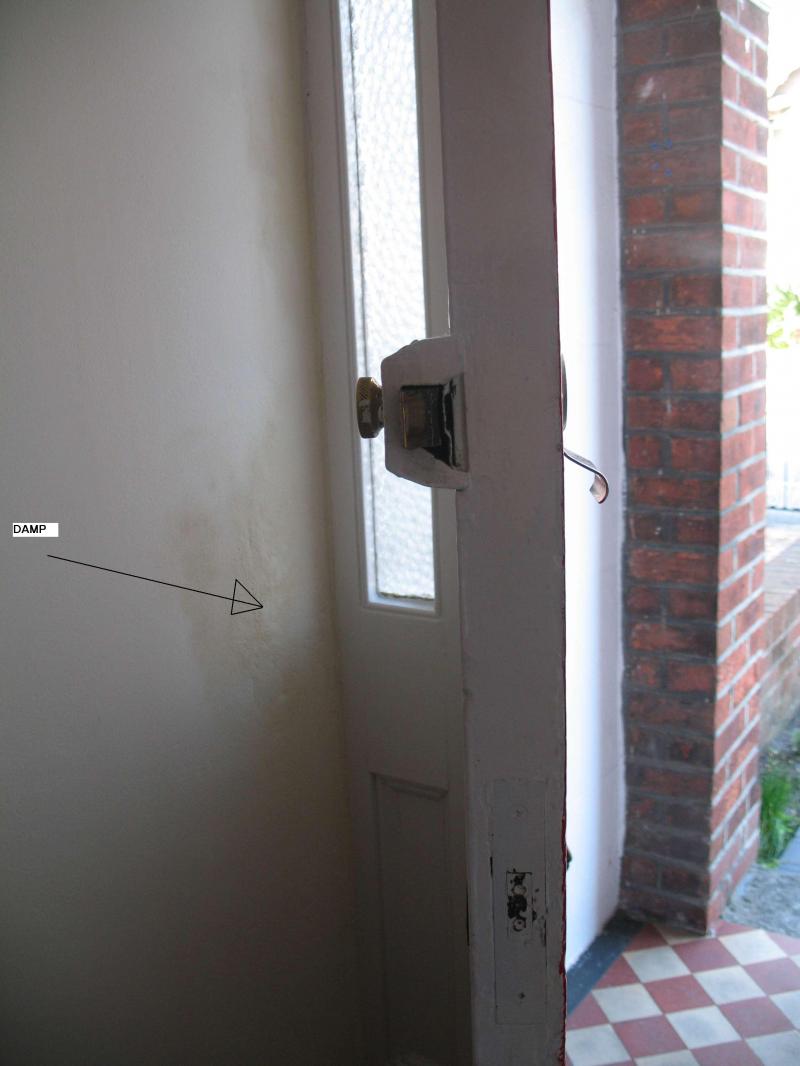Hmmmm....
There does "seem" to be some issues with the pointing and possibly some further spalled bricks further up the elevation that could be allowing the ingress of water.
Looking at the top patch, that seems to be some where near the arch above your door, could water be collecting above this and finding its way inside?
If your not getting mould and the damp only occours when the rain is really driving I would suggest investigating your pointing... whats the roof wall/ gutter junction like?
Yes, after I took the photo I saw the connection between the top patch and the arch, but I have only just painted it and was trying to note any water problems.
I'll check gutters etc better when it rains again.
Cheers, Camerart.


